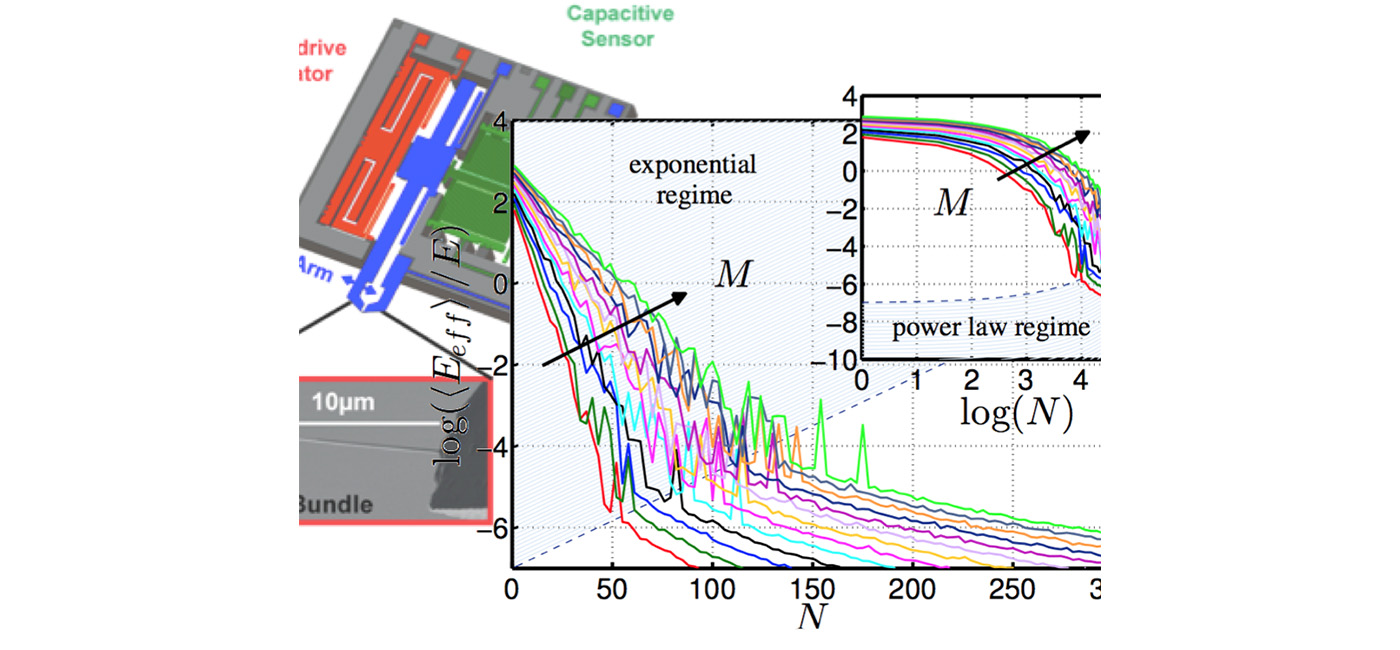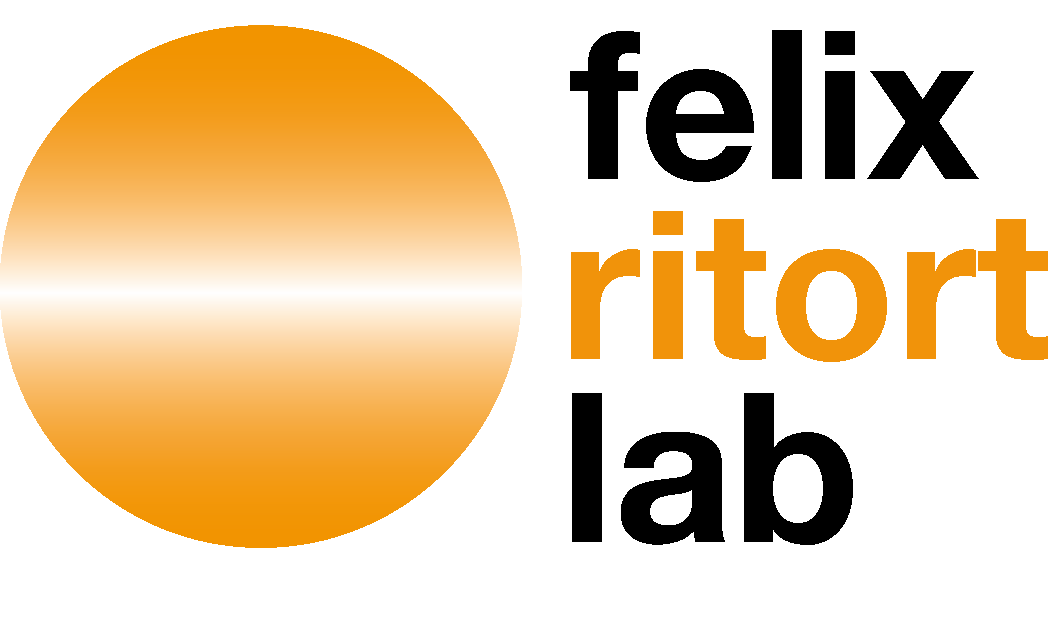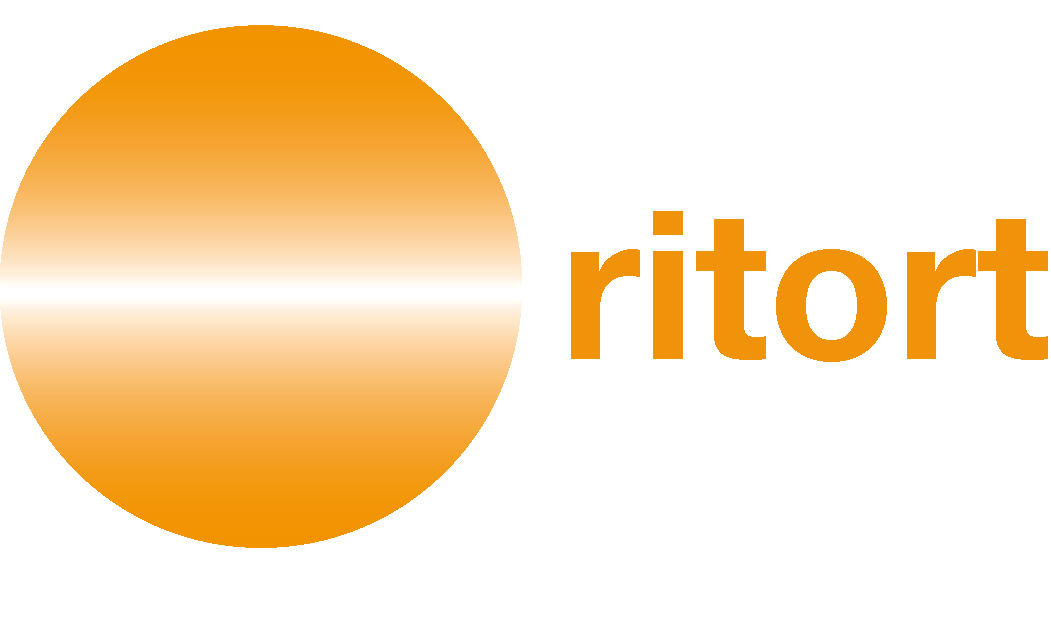
Seminar “From Single- to Multi-molecule Stretching and Breaking Experiments”
Date
Monday, 30 May 2016
Time
12:00 am
Place
University of Barcelona
Faculty of Physics Building
Room 3.20, 3rd floor
Speaker
Dr Fabrizio Cleri, Institute of Microelectronics and Nanotechnology, University of Lille (France)
Abstract
Motivated by collaborations with diverse experimental teams in micro-mechanical engineering and cancer radiotherapy, we have developed in recent years a theoretical effort aimed at better understanding the mechanics of single molecules and many interacting molecules, under mechanical stretching and external damage.
I will firstly present a statistical mechanics analysis of the finite-size elasticity of long molecules represented as unbranched chain polymers. Our starting point is a two-state model of the monomers, able to switch between different stable states at large applied forces. Analytical developments demonstrate the asymptotic limits of the theory, and Monte Carlo simulations of 3D polymers of variable length allow to extend the theory to finite sizes. In this way, it is shown that the experimental force-extension curves for short and long polymers can be described by a unique universal model, despite their chemical-physical differences and the characteristics of the mechanical machine (rate-dependence of transition forces).
I will then move on to describe the coupled statistical mechanics of a system of parallel interacting molecules. Under a mechanical load and external damaging action (simulating, e.g., radiotherapy or biochemical attack) the molecules fail progressively with random breaks. The load is redistributed among the unbroken molecules, however also the broken molecules can still support stress, thanks to the lateral visco-elastic interaction.
We obtain analytical solutions for simple configurations, while realistic cases are again studied by Monte Carlo simulations. The degradation of the effective bundle stiffness can be described by two scaling regimes: a first exponential regime for a low density of breaks, followed by a power-law regime at increasing break density. The model is applied to describe the second-order kinetics of experiments on DNA undergoing radiation damage in aqueous solution.


